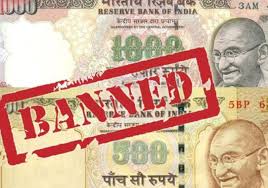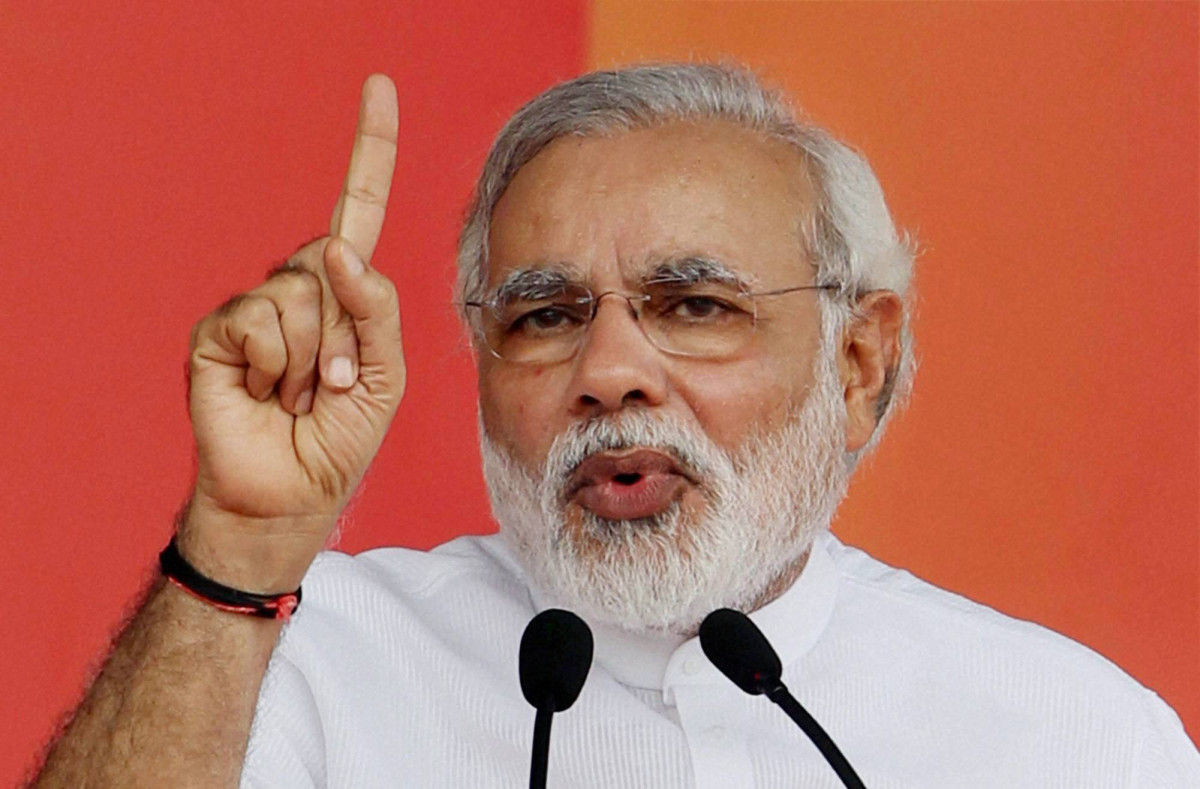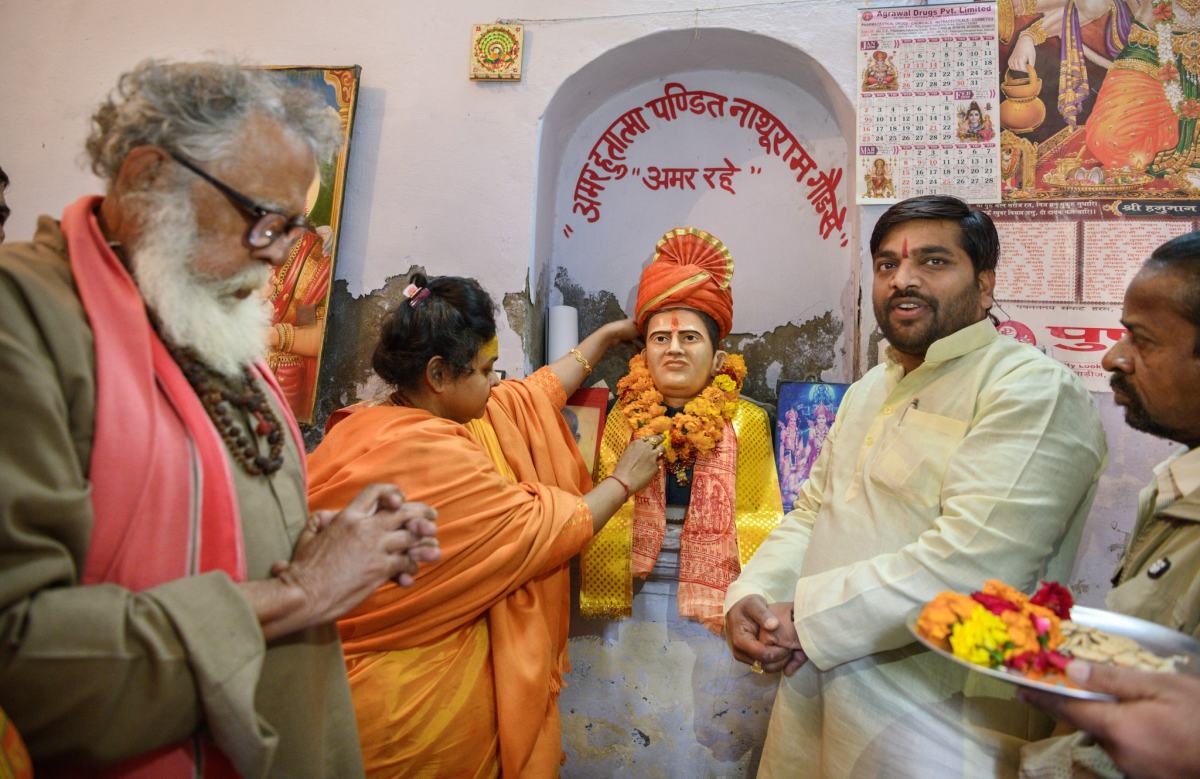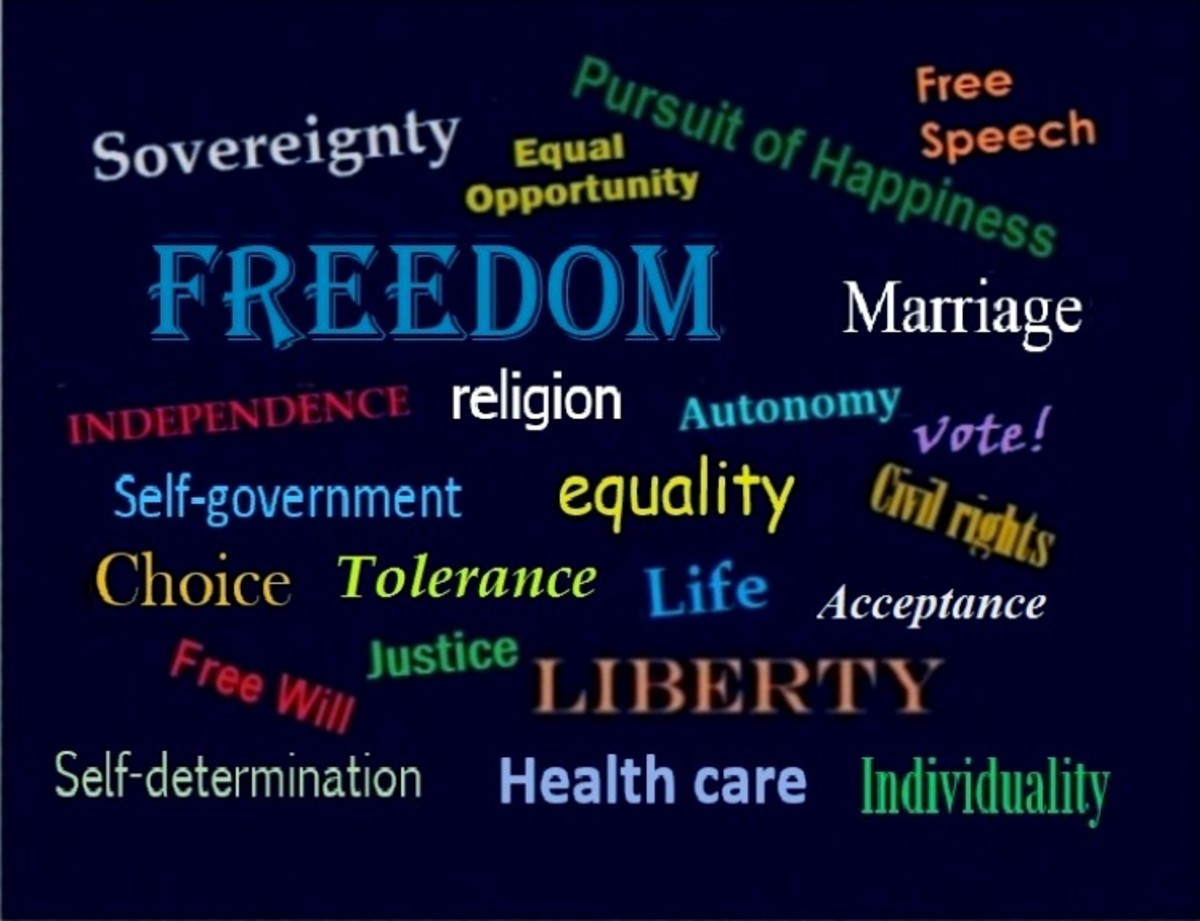Demonetization in India
DEMONETIZATION: A DEBATE AGAINST THE MOVE
“In India, black money makes for bad policy.”
-New York Times, Nov.27, 2016
The Prime Minister’s prime-time address to the nation on November 8, 2016, announcing his government’s decision to declare denominations of 500 and 100 Indian Rupees as illegal tender came as a surprise to Indians of all socio-economic statuses. This ‘surgical strike’ against India’s massive shadow economy appears to be a very bold step in theory, but its practicality, as witnessed by the nation, it has failed hugely for very evident reasons. Prime Minister Narendra Modi, prior to his taking office, had promised to rid India of its corruption which has been hugely assisted by a thriving counterfeit currency market and unaccounted for black money stashed in overseas banks. The ruling party and ministers in the government claimed that this decision of the Prime Minister was indeed his government’s way of adhering to election promises and fulfilling the wishes of the Indian people. As much as it may be a decision backed by good intention, it has turned out to be a poorly thought and poorly executed decision by the government.
The decision has been deemed a success by some and a failure by others. Politics and ideology aside, the decision of the government seems to have been very impulsive and abrupt. This seems to have caused the current logistical nightmare that the common citizen of India is grappling with. Taking credit for a seemingly poor execution of its decision, the government was eager to declare that the demonetization move was a novel idea to tackle the black economy and counterfeiting of notes. In fact, the UPA government (first term) led by Manmohan Singh had also issued demonetization orders to phase out old 500 notes. This has not remained in the memory of the country because this decision, unlike the current one did not put the common man in inconvenience.
To structure this argument in parts, it would be helpful to look at the various problems that are present in the ideation and implementation of the decision by the government.
Problems with ideation:
The major reason for the introduction of demonetization was to rid the country of its shadow economy – which can be said to include corruption, black money, terror financing and counterfeiting of currency. The move appears to be a doable solution to these problems, but in fact it is not.
Black money refers to any undisclosed earnings of an individual or an organisation because of the taxes that have to be paid. The move to demonetize high value currency has a wrongful assumption that all black ‘money’ is indeed stashed as currency. This assumption is false because black money is largely present in the form of benami land, gold jewellery or overseas bank accounts. Only a very small percentage (12% according to The Times of India, which includes counterfeit currency) of black money is actually stored as liquid cash. Therefore, the gigantic chunk of the remaining black money will continue to plague the system.
Bribing government officials using undisclosed currency notes is also a major crime that is rampant among criminals in India. With the deadline for deposits and withdrawals set at the end of December 2016, many crooks have already used black money stashed as liquid currency to bribe their way through law or purchase fancy smartphones or even fancier cars.
Another claim of the government was that this move would cut the vital money supply to terror financing outfits in the country. It was embarrassing for the government to acknowledge that terrorists in Kashmir had new currencies when they were apprehended by the armed forces. This incident clearly shows that terrorists have already out-smarted their opponents in laying hands to new currency. The government had to ensure that such leaks in the system are fixed before taking this decision.
Counterfeiting of currency is another concern. It was amusing to read from newspapers that many crooks had outsmarted the vendors of shops and others by paying their bills with colour photocopies of the new notes. Also, the counterfeiting networks may find the process of faking these new currencies easier because there have not been substantial changes for security features. Adding to this problem was the inconsistency in printing of notes by the Reserve Bank of India.
The ideation has failed, as illustrated with the above reasons.
Problems with implementation:
The Government should have, before the announcement, realized that in a country like India with a billion- plus population, it would be a logistical nightmare to expect people of all classes and those living in remote areas and urban cities alike to queue up in front of banks to either deposit or withdraw their own money. But, the government seems to have given little importance to this thought.
The days after the announcement, the sight of people queuing up in front of banks and ATMs became ubiquitous. It was also mentioned that it was important to sacrifice for the nation (by standing in front of queues) and that Indians did not mind queuing up for cricket matches, so they should not crib about queuing in front of banks. It can be pointed out that the former was involuntary while the latter was voluntary and the comparison is preposterous.
The demonetization move has severely affected blue collar workers and those relying on the unorganized sectors, like vegetable vendors, hawkers and semi-skilled workers. These people rely on cash for daily transactions and do not have access to digital banking. Some even do not have bank accounts and the government’s move has effectively rendered them helpless as they cannot provide any documentary evidence that the money they earned is rightfully theirs.
Another argument which made rounds was that the demonetization move intended to create a cashless economy. Many digital wallet corporations pounced at this opportunity to advertise and market their products more vigorously. The reality remains that India is a cash-based economy and a 50 day time-limit is insufficient for an entire country to transform to a cashless economy.
The cash crunch has also caused deflation in the economy. This means that the money for production and consumption has plummeted leaving entrepreneurs and small-scale businessmen unable to meet targets of production. Consumers are unable to purchase essentials and in dire circumstances are unable to pay for their medical bills and hospital expenditures.
Apart from the economic side of the argument, the human side of the problem must also be mentioned. Many people without the privilege of employment security have lost a day’s wage because they had to queue up to deposit or withdraw their own money. Old people and the infirm do not have access to banks at all and are completely reliant on somebody else. The Reserve Bank of India has issued a record number of regulations in a short period of 30 or 45 days, further confusing an already confused citizenry.
The limits of withdrawal (2000 INR at a time) and deposit have plunged the Indian economy into chaos with the black market thriving on transactions where people pay them commission to withdraw money.
The move was initially seen as a great step towards achieving a society free from the pangs of corruption, black market and unaccounted for cash draining India’s revenue. But the move has turned out to be a poorly thought out and executed decision, causing inconvenience and chaos in the Indian economy as has been elucidated with the above arguments.
Personal opinion:
Based on personal experience I must admit that I may not have had to deal with the demonetization move as much as my parents, but even I had to face inconvenience in performing mundane functions like shopping or drawing money from the ATMs. I have had to postpone buying essentials or manage with limited supplies due to the cash crunch.
India’s economy surely is transitioning from a cash based one to a digital economy, but this has not been rapid and the demonetization move assumes that a majority of Indians have access to technology or mobile applications like PayTM or Mobikwik. The reality is that India is not a tech-savvy country that the government seeks to believe. The rapid expansion of mobile phone users in India (over 800 million) does not mean that every Indian living in a geographically diverse country like ours has access to mobile phone connectivity, let alone mobile internet. Personally, I have seen shoppers struggling to pay using mobile phone apps as they are either unaware or unwilling to use these novelties.
India’s monetary policy (devised by the RBI to regulate interest rates and money supply), has been generally stable throughout India’s history post-Independence. This is because of prudent decisions taken by authorities to ‘protect’ the Indian economy from overseas players. The 1991 liberalization of the Indian economy, with an end to the ‘license Raj ‘was inevitable. This move by the then P.V.Narasimha Rao government led by Finance Minister Manmohan Singh, has given our generation greater opportunities that our parents did not have. However, a move like demonetization, which is not effectively ideated or executed, causes more problems while solving very little. India’s stock markets saw a plunge after the announcement and India’s FDI also reduced because foreign players were concerned about the volatile economy.
Prime Minister Narendra Modi is a visionary politician who seeks to address the problems of India. But, his good intentions are not backed by good execution, as can been seen in the demonization decision. Just like the Pradhanmantri Jan Dhan Yojna, where lakhs of bank accounts were created by bank officials just to add to the statistics, the demonetization scheme appears to be a political gimmick, just to garner votes. The Uttar Pradesh parliamentary elections are around the corner and the government’s decision will surely have a bearing on the election results.
The social context of the debate has already been illustrated above, where the weaker sections are, like always, at greater peril as they struggle to deposit and withdraw their own money. The economically privileged sections might get away with demonetization by using plastic money or mobile banking. But the success of a policy is never judged by its impact on the privileged but by its impact on the less privileged. I, therefore, believe that the decision of the government might have been a theoretical success but a practical disaster.
Conclusion:
The above discussion has considered the issue of demonetization and illustrated its various implications such as social, economic, monetary, legal and political. It has illustrated that the decision was a failure in two senses – ideation and implementation. Bill Gates’ statement at NITI Ayog has been proven to be false because deflation of the shadow economy cannot be achieved without proper execution. The targets of the move were criminals, terrorists and defaulters who refused to pay taxes but the common man of India has had to bear the brunt.
The decision to use demonetization to ‘deflate’ India’s shadow economy has only been rhetorical at best and has not achieved its objectives. It has caused greater problems as illustrated above. Therefore, the disagreement with the government’s decisions of demonetization has been successfully defended over the course of this article.









